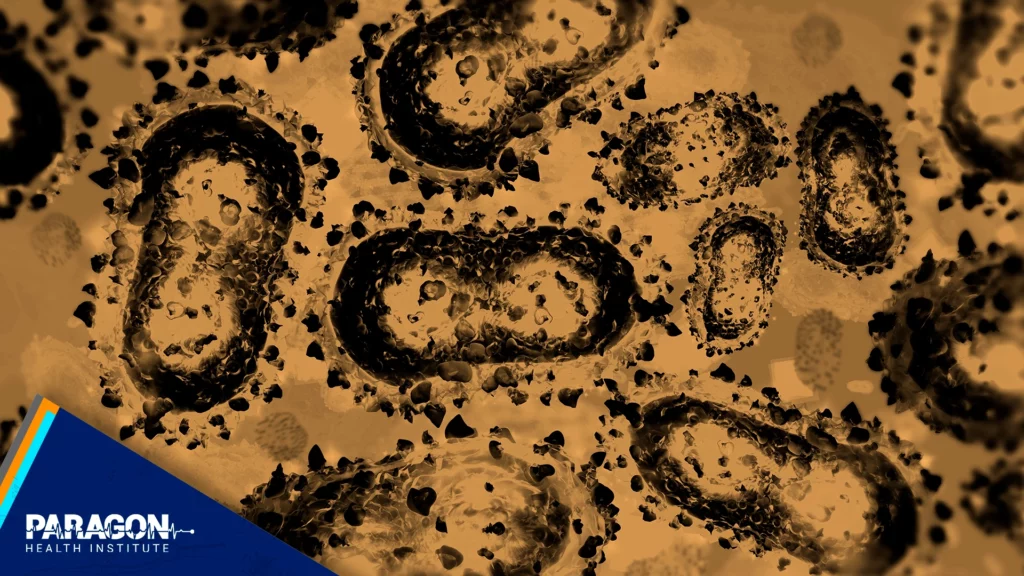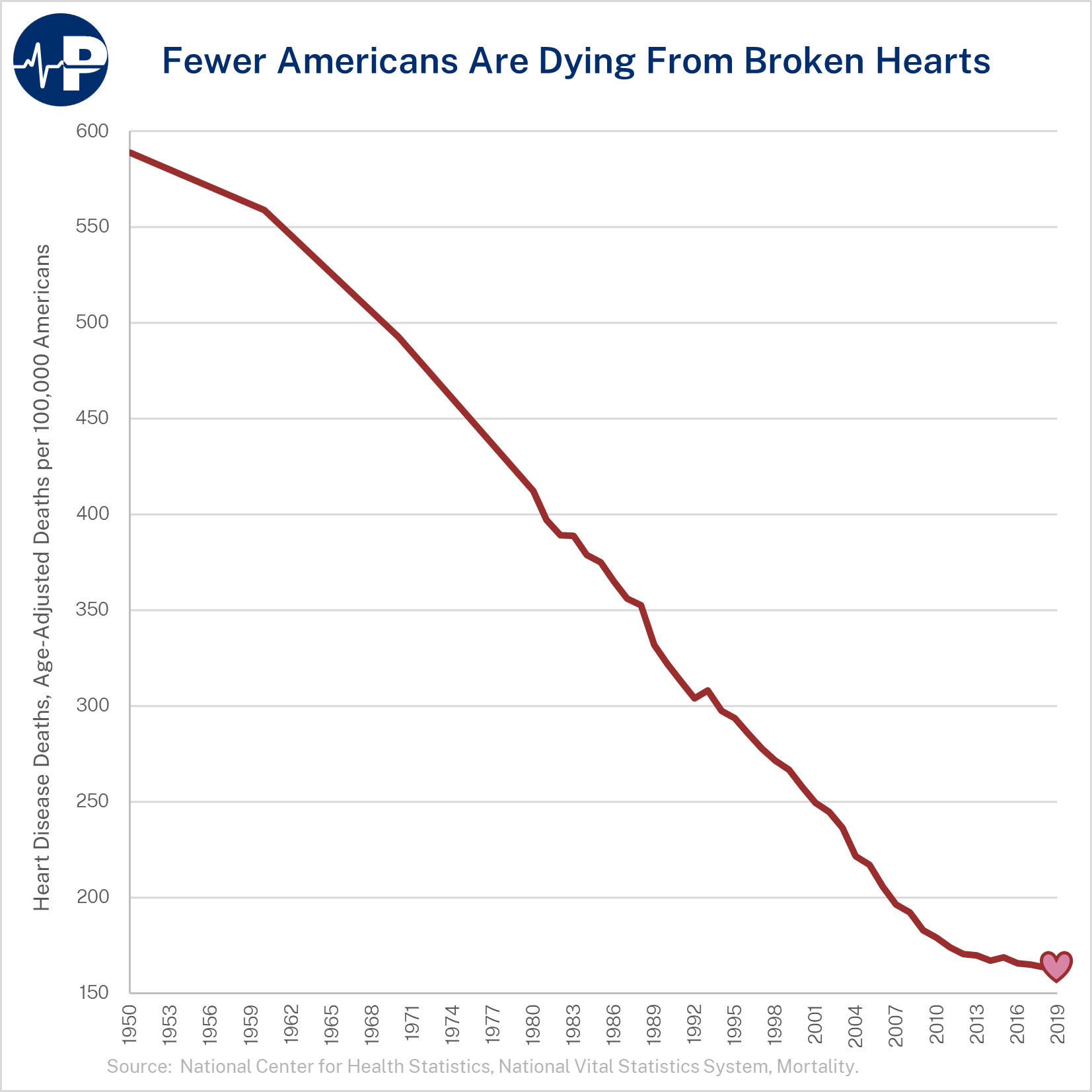New York State and City, respectively, have declared an Imminent Threat to Public Health (ITPH) and a public health emergency to combat the ongoing monkeypox outbreak. New York officials had to act because the city has become the epicenter of this new epidemic, and the federal response to a virus that could have easily been contained has been so anemic.
Monkeypox disease was first reported in humans in 1970, but prior to this past May, human monkeypox cases were seldom reported outside of Africa unless these people were travelers from endemic areas in West or Central Africa. In the current monkeypox outbreak, though, nearly all the cases and sustained chains of transmission are in countries that have not historically reported monkeypox. It appears that in nearly all cases, transmission has occurred through sexual activity between men.
The current tally is 23,351 confirmed cases and eight deaths in 83 countries, with 89 percent of cases concentrated in just 10 countries. The U.S. has the dubious distinction of being the world leader.
The CDC reports 5,800 U.S. cases, highly concentrated in a few areas. New York State accounts for a quarter of the nation’s cases (1,390), and nearly all those cases (94 percent) are in New York City.





